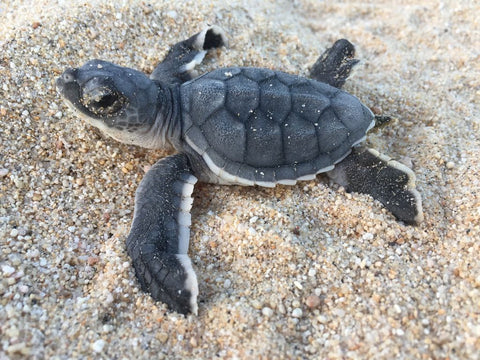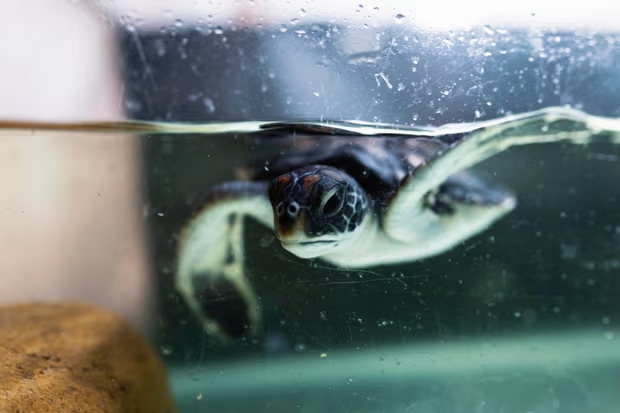New research reveals that endangered green sea turtles spend a significant portion of their early lives in close proximity to human-populated areas, including venturing deep into Sydney Harbour.
Satellite tracking indicates their presence in busy waterways such as the Parramatta River, Wollongong Harbour, Brisbane Waters near Gosford, and as far upstream as Cottage Point along the Hawkesbury River.
The intriguing aspect is the unknown reason behind their coastal preference, unlike older turtles and other species that opt for the open ocean. This behavior, however, exposes them to elevated risks from plastics and other marine debris.
The Taronga Wildlife Hospital monitored three turtles post-recovery from severe injuries. One was observed reaching Longueville in upper Sydney Harbour, while the others journeyed to Lake Macquarie and north to the bustling tourist destination of Port Stephens.
Libby Hall, coordinator of the hospital’s rescue and rehabilitation center, highlighted that the study is filling gaps in the previously unknown behavior of juvenile turtles.
“We understand the behavior of adult turtles due to global research, especially during their nesting on beaches,” she added.
What remains a mystery is what happens during the ‘lost years’ – the time between their early stages and adulthood. Despite expectations of them venturing into the open ocean, juvenile green turtles surprisingly stick close to the coast.

Researchers are still unraveling the reasons behind why these younger turtles spend extended periods in busier and more polluted waters. Libby Hall suggests that the answer might lie in their food sources.
“Unlike big adult turtles that feed on seagrass, juveniles probably rely on jellyfish,” Hall explained.
This behavior is unique to green turtles, as other species like hawksbill turtles and loggerheads head straight for the open ocean, often disappearing from tracking technology beyond New Caledonia and north of New Zealand.
Among the three turtles currently under treatment at the hospital is Tama, rescued as a hatchling about 18 months ago from Tamarama beach.
“After ingesting plastic for six days, tiny pieces of plastic, she has now reached a good size and age for release back into the wild,” Hall revealed.
Sponsored by waste management giant Veolia, the program has tracked 41 turtles since 2014
